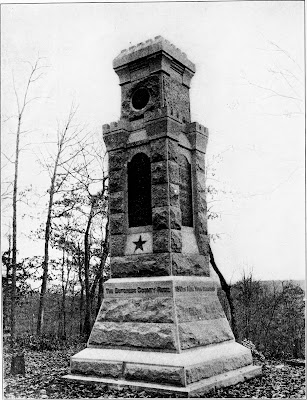With an Empire State Tenderfoot at Gettysburg

T he 150th New York had spent the first 10 months of its service on quiet guard duty in Baltimore, Maryland. The men, well-drilled but as yet unblooded, were pulled from the Baltimore defenses in June 1863 and assigned to General Henry Slocum's 12th Army Corps to take part in turning back Lee's invasion of Pennsylvania. Captain Joseph H. Cogswell of Co. A of the 150th was one of the "tenderfoots" who marched into Pennsylvania. " Twas the longest march our feet had ever made at one pull, and many complained," Cogswell explained. "In the night we were greeted with a soaking rain, which was by no means welcome to those who neglected to put up their tents. The rain had not ceased at sunrise nor yet at 8 o'clock, our starting hour. The slight mud was better than dust; the rain slackened and visited us by showers through the day. We made a 17-mile march Friday, halting at "Popple Springs," towards night. Many a one sought the ambulance










